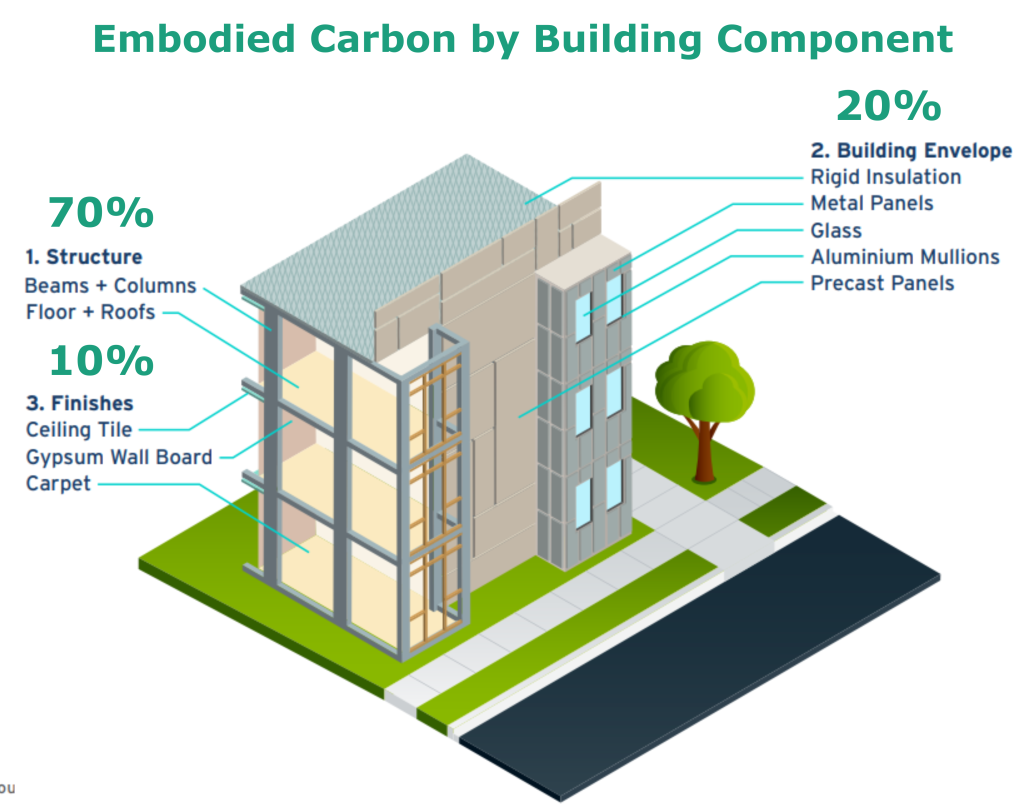Livable Buckhead collaborates with developers, architects, and contractors to position Buckhead as a leader in smart, forward-thinking construction. A key focus of this effort is reducing the environmental impact of building materials and construction processes, ensuring long-term efficiency and resilience.
Understanding the Impact of Building Materials
The construction industry plays a major role in global energy use, with buildings responsible for 38% of energy-related CO₂ emissions. While energy efficiency in heating, cooling, and appliances is often emphasized, the impact of materials and construction—known as embodied carbon—is equally important.
Embodied carbon refers to the emissions generated from producing, transporting, and assembling building materials. These activities contribute approximately 10% of global energy-related greenhouse gas emissions. Materials such as cement, steel, aluminum, glass, and insulation have particularly high emissions, making it essential to explore innovative solutions that reduce their environmental footprint.
Reducing Environmental Impact Through Smarter Building Practices
Minimizing the impact of building materials is a key step in ensuring Buckhead’s long-term success. Livable Buckhead works to support responsible development that balances growth with efficiency, helping to create a resilient neighborhood that meets the needs of both current and future tenants. By encouraging the use of low-impact materials and innovative construction practices, we can enhance the quality of our built environment while reducing unnecessary waste and emissions.
How Can We Reduce the Impact of Building Materials?
Addressing material-related emissions in construction is most effective when considered early in the design process. Thoughtful planning allows for strategic choices that align with environmental and economic goals before they become costly to change.
In large-scale concrete and steel construction projects, which are common in Buckhead, structural materials contribute roughly 70% of overall material-related emissions, while exterior envelopes account for 20% and interiors for 10%. Focusing on smarter material choices—such as improved concrete and steel alternatives—can lead to significant long-term benefits for both businesses and the community.

| Key Strategies for Reducing Embodied Carbon |
|---|
|
Collaborative Design
|
|
Build Less
|
|
Low-Carbon Design
|
|
Follow the Data
|
*Refer to the Rocky Mountain Institute’s report, Reducing Embodied Carbon in the Built Environment, and summaries for both Developers and Architects, to learn more about specific strategies to address Embodied Carbon.
Building a Stronger, More Resilient Buckhead
At Livable Buckhead, we are committed to shaping a built environment that supports long-term economic and community success. Through initiatives like the Better Buildings Challenge, we worked alongside commercial property developers and operators to improve energy efficiency across the neighborhood, helping businesses cut costs and enhance building performance.
Now, we are expanding our focus to address the impact of building materials and construction methods—known as embodied carbon. These emissions, generated from material production, transportation, and construction, are a major factor in a building’s overall environmental footprint. Over the past few years, we have worked closely with industry leaders to better understand and develop strategies for reducing these impacts.
In collaboration with ULI Atlanta’s leadership program, we developed an Embodied Carbon Action Plan (ECAP), setting a timeline for addressing material-related emissions. A follow-up case study identified best practices for lowering material impact in high-rise multifamily buildings, a common development type in Buckhead.
Our work continues through the Embodied Carbon Steering Committee, where we engage developers, architects, and construction professionals to advance education and implement smarter building strategies. We are also working toward integrating these best practices into zoning policies to ensure Buckhead remains a leader in forward-thinking development.
If you’d like to learn more or get involved, contact helen@livablebuckhead.org. Together, we can build a Buckhead that is both future-ready and economically strong while reducing unnecessary environmental impacts.


